What is Butane?
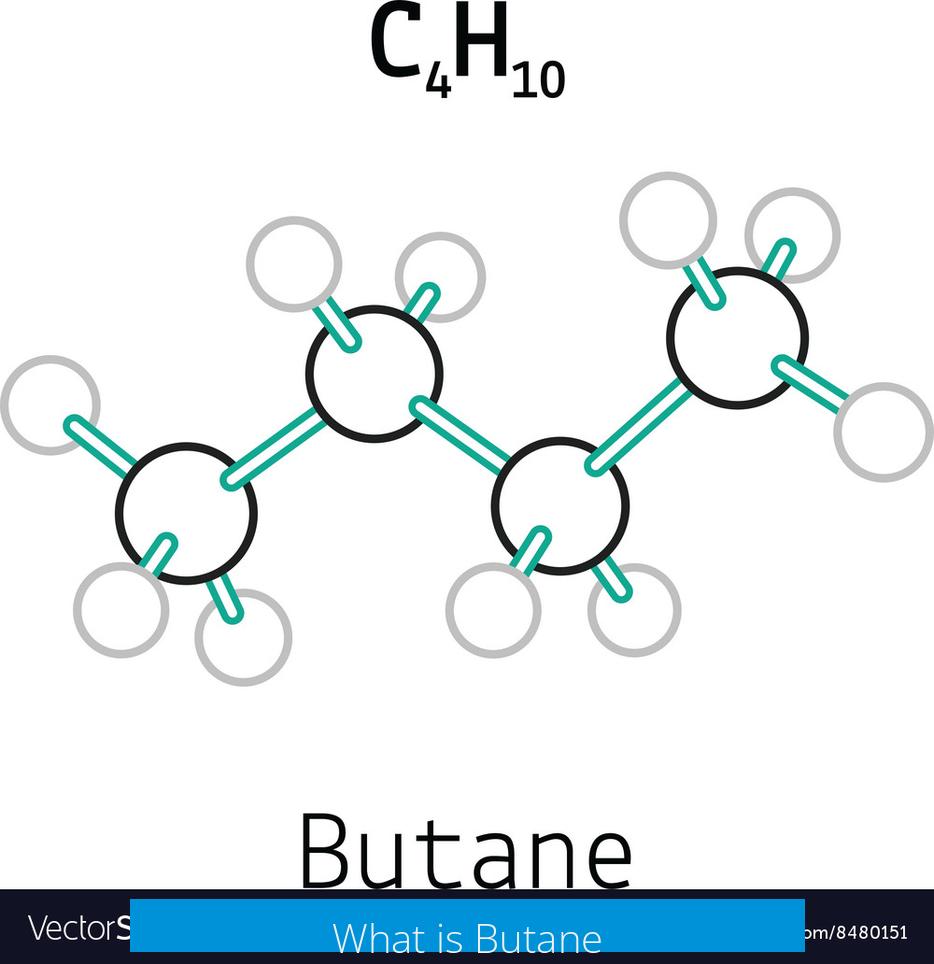
Butane refers primarily to n-butane, a straight-chain alkane with four carbon atoms. However, in everyday and commercial contexts, the term “butane” can denote either n-butane, isobutane (2-methylpropane), or a mixture of these isomers. Chemically, butane means a single compound, but as a product, it often represents a blend of hydrocarbons.
Definition and Nomenclature of Butane
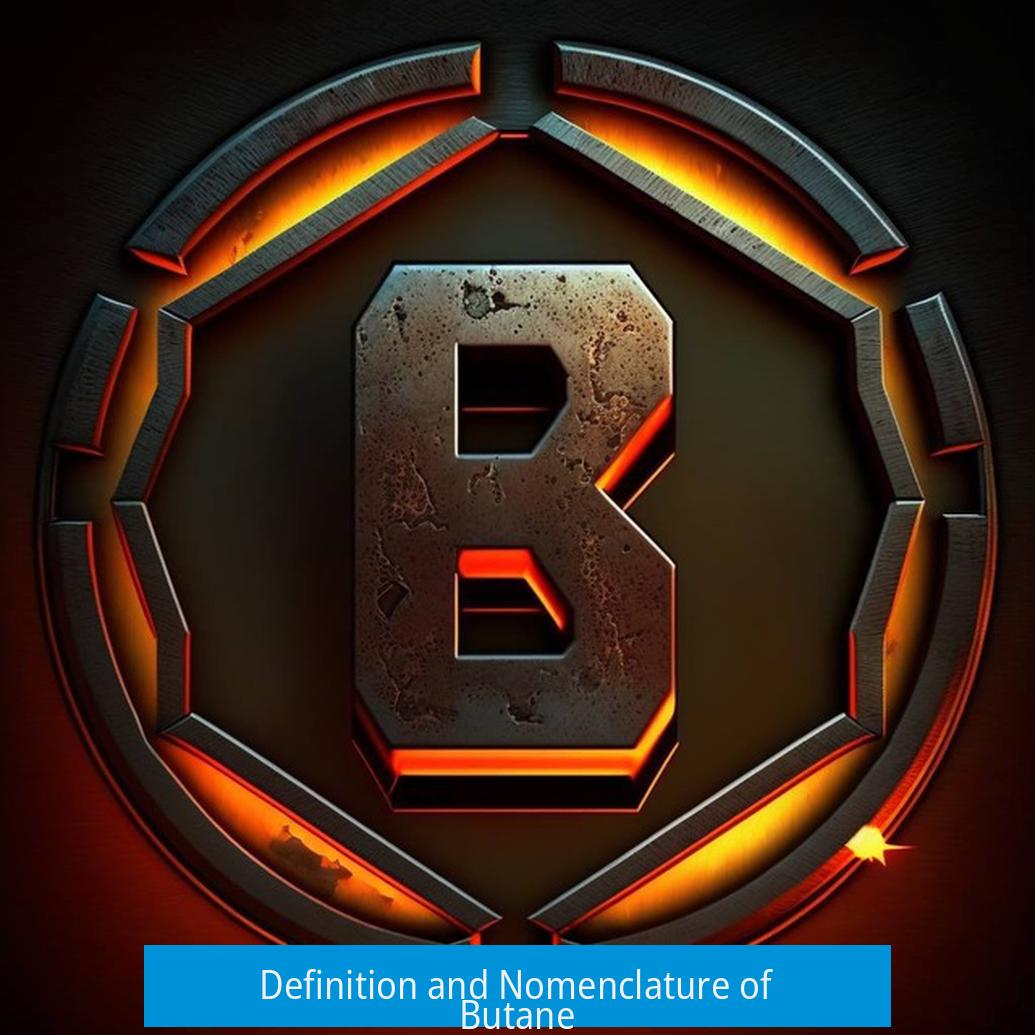
Butane is an alkane with the molecular formula C4H10. It exists in two structural isomers: n-butane, the straight-chain structure, and isobutane (IUPAC name: 2-methylpropane), the branched isomer. In strict chemical nomenclature, “butane” means n-butane specifically.
- Butane synonymously refers to n-butane in IUPAC terminology.
- Saying “butane” alone may ambiguously refer to either n-butane or isobutane.
- In systematic organic names, “butane” identifies the straight-chain four-carbon skeleton only.
- Isobutane is treated as a methyl-branched propane in the IUPAC system.
This distinction matters in chemistry to avoid errors in identification or structural assumptions. But in casual or commercial language, the word “butane” often applies to mixtures containing both isomers.
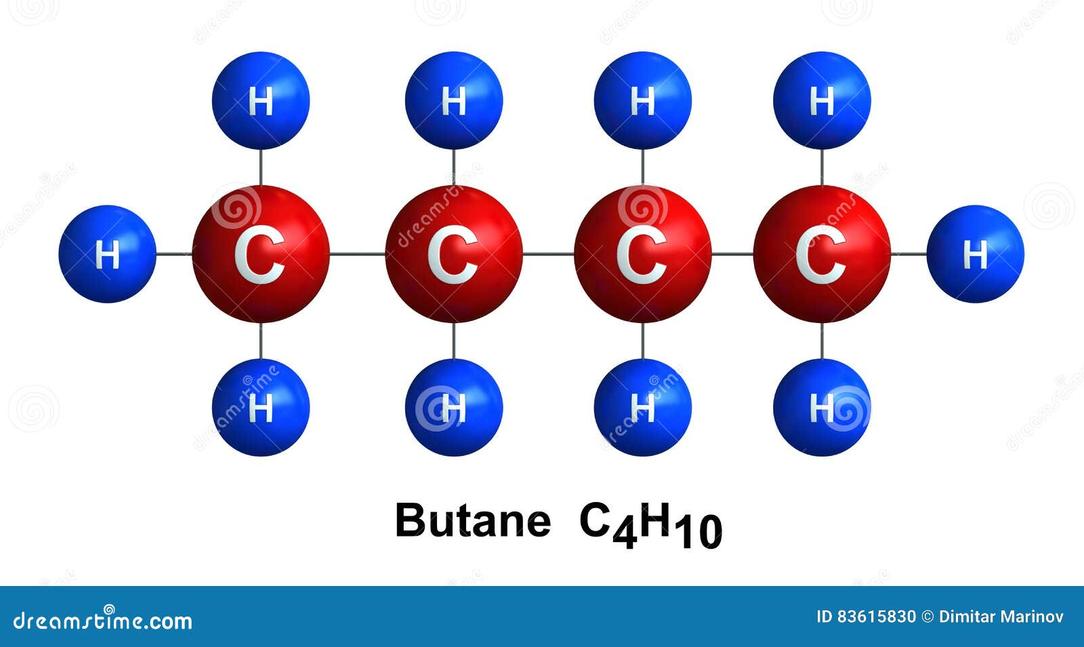
Chemical Context: Butane as n-Butane
Within a chemistry context, the term should refer only to n-butane. Pure n-butane is a colorless, flammable gas at room temperature and atmospheric pressure. It liquefies under modest pressure and is part of the alkane homologous series, which includes ethane, propane, pentane, and others.
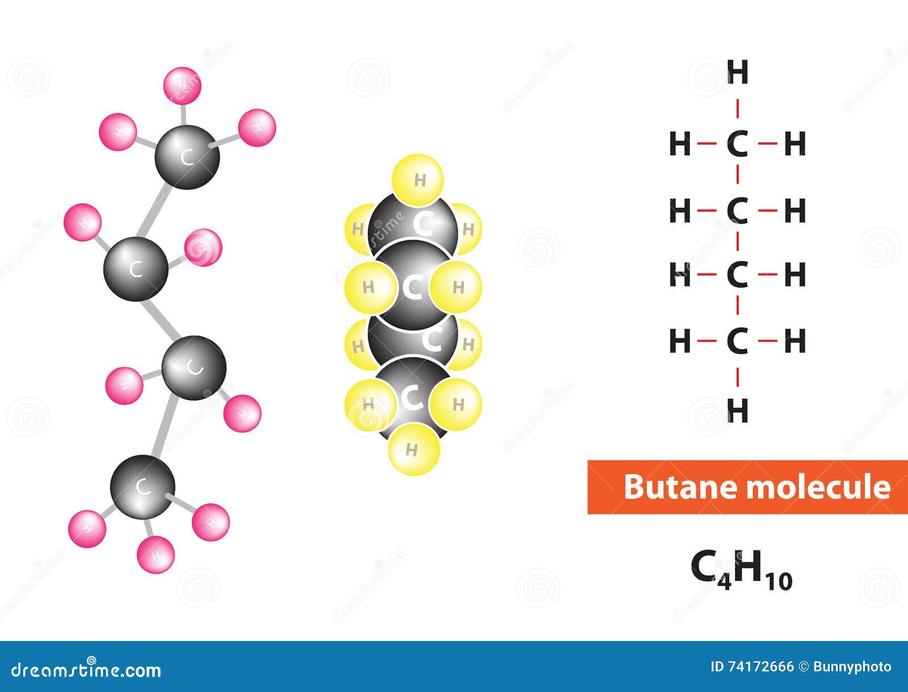
When mixtures of n-butane and isobutane occur, chemists name them butanes (plural) to indicate the presence of more than one isomer. This pattern mirrors common usage seen with hexane, where laboratory solvents labeled “hexanes” represent mixtures of hexane isomers, predominantly n-hexane.
In research and teaching, n-butane is the default assumption when the term “butane” is used. References to isobutane occur less often and usually in informal or historical contexts. The formal IUPAC nomenclature has largely replaced the terms “isobutane” with “2-methylpropane.”
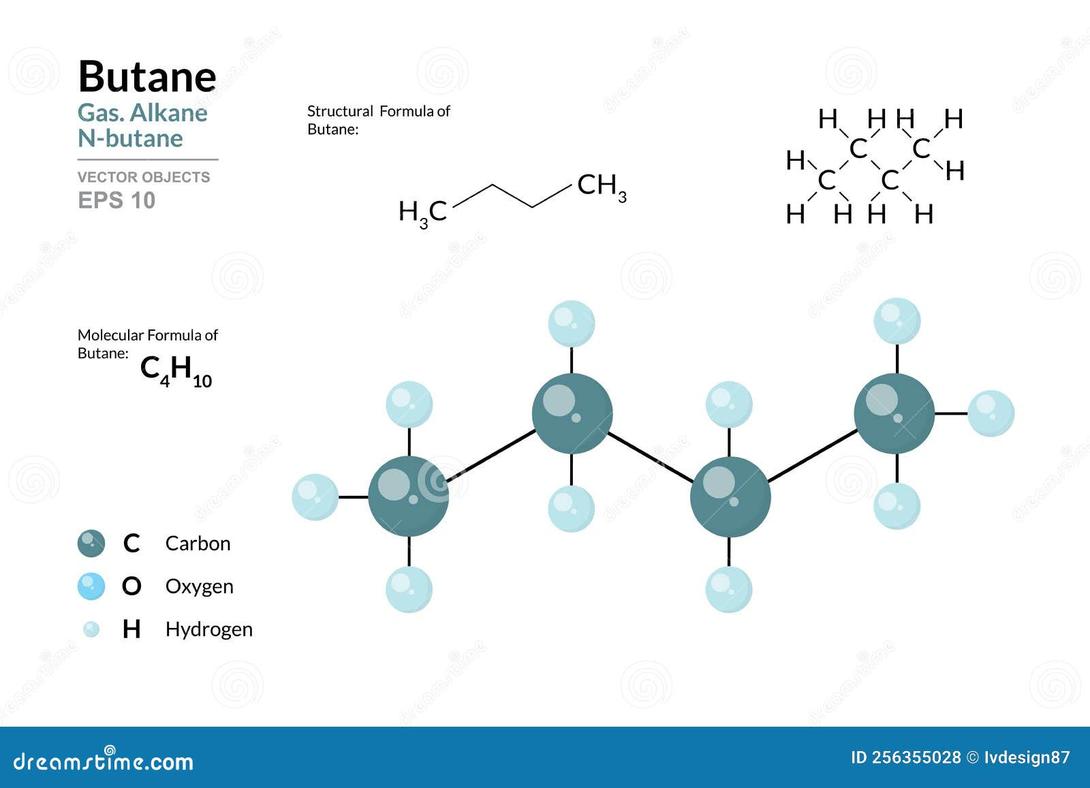
Old vs. Modern Terminology
Historical texts and older chemistry literature may still use “isobutane,” but most modern chemistry strictly uses IUPAC names. Educators avoid ambiguous terms to prevent confusion. However, some older chemists and informal speech may still reference isobutane.
Butane as a Commercial Product
Commercial butane, such as the fuel in portable lighter canisters, usually consists of a mixture:
- ~50% n-butane
- ~40% isobutane (2-methylpropane)
- ~4% propane
- <1% other hydrocarbons like propylene, ethane, and ethylene (trace impurities)
This blend optimizes performance for combustion and volatility. Both n-butane and isobutane are gases under ambient conditions but can be liquefied easily by applying pressure, facilitating storage and transport.
The presence of propane and other gases slightly alters physical and chemical properties, such as vapor pressure and ignition characteristics. The exact blend varies by manufacturer and intended use.
Physical and Chemical Properties
| Property | n-Butane | Isobutane (2-Methylpropane) |
|---|---|---|
| Molecular Formula | C4H10 | C4H10 |
| Physical State (at 25 °C, 1 atm) | Gas | Gas |
| Boiling Point | −0.5 °C | −11.7 °C |
| Flash Point | −60 °C | −72 °C |
| Density (gas at 25 °C, 1 atm) | Approx. 2.48 kg/m3 | Approx. 2.25 kg/m3 |
The lower boiling point of isobutane reflects its branched structure, which reduces intermolecular forces compared to straight-chain n-butane.
Relation to Other Hydrocarbons
Butane is part of the alkane family, which consists of single-bonded carbon and hydrogen atoms arranged linearly or branched. Ethane (C2H6) and propane (C3H8) precede butane in this series. The molecular complexity and boiling points increase with the number of carbon atoms.
Isomerism arises starting with butane, as its four-carbon chain allows for branching. This property differentiates butane from ethane or propane, which only have one structural configuration. Chemists recognize butane as both pure n-butane or mixtures of its isomers.
Summary of Key Points
- Butane formally means n-butane in chemistry, a straightforward four-carbon alkane.
- Colloquially, butane can indicate n-butane, isobutane, or mixtures of the two.
- Mixtures of these isomers are properly called butanes.
- Isobutane is now described using the IUPAC name 2-methylpropane.
- Commercial butane products are typically blends of n-butane, isobutane, propane, and trace hydrocarbons.
- Chemists assume “butane” means n-butane unless noted otherwise.
- Butane links with other alkanes in structure, showing isomerism beginning at C4.
What is Butane? Unpacking the Confusing, Yet Fascinating World of This Hydrocarbon
Butane is, in its strict chemical sense, the straight-chain four-carbon alkane known as n-butane. Yet, the story of butane is way more tangled than that simple definition suggests. Grab your safety goggles (and maybe a can of butane fuel for your camping stove), because we’re diving deep into a hydrocarbon saga that blends chemistry, commerce, and a bit of linguistic flair.
What Does “Butane” Actually Mean? Nomenclature Chaos Unveiled
When you hear “butane,” you might imagine a gas that lights up grills or powers portable stoves. But scientifically speaking, “butane” has a precise meaning. Chemists use n-butane to refer specifically to the straight-chain hydrocarbon with four carbon atoms arranged linearly.
However, in everyday language and in many product labels, “butane” can mean more than one thing.
- It can stand for n-butane (the straight chain).
- It can also mean isobutane, an isomer with a branched chain (chemically known as 2-methylpropane).
- Or it can imply a mixture of both, especially in commercial products.
Isobutane might sound like some exotic cousin, but it’s just a branched form with the same molecular formula (C4H10). While chemists prefer to call it 2-methylpropane, older texts and casual conversation still throw around “isobutane.” The IUPAC system—the international standard for chemical nomenclature—reserves “butane” strictly for the linear form. Think of isobutane as the quirky branch sibling that’s recognized but named differently.
In the Chemistry Lab: Why Do Scientists Care About the Difference?
When chemists say “butane,” they almost always mean n-butane. Why? Because mixtures have their own names, pluralized for clarity. A batch containing both n-butane and isobutane is technically called “butanes,” signaling it’s a cocktail of isomers.
This plural rule is consistent in other similar compounds: “hexanes,” for example, refers to a mixture of six-carbon isomers, not just one compound. Chemists are sticklers for clarity here—they don’t leave much to chance. So, if you buy something that says “butane,” you might want to double-check if it’s pure n-butane or a mix.
Interestingly, recent chemistry teaching largely sidelines the term “isobutane.” Even instructors who last touched organic chemistry decades ago rarely use it formally anymore. Still, old textbooks or vintage papers will treat isobutane as a valid, casual term. It’s like chemistry’s version of an old family recipe—still around but less popular these days.
Butane in the Real World: What’s Inside Your Canister?
Head to your local dollar store or camping shop, and you’ll find butane canisters. These aren’t pure n-butane bottles. Commercial butane often resembles a hydrocarbon smoothie:
| Component | Approximate Percentage |
|---|---|
| n-Butane | ~50% |
| Isobutane (2-methylpropane) | ~40% |
| Propane | ~4% |
| Other hydrocarbons (propylene, ethane, ethylene, etc.) | ~1-2% |
This blend isn’t accidental. Mixing n-butane with isobutane and propane enhances the fuel’s performance under different temperature and pressure conditions. Propane, for instance, vaporizes more readily at lower temperatures, helping the canister function well even on chilly mornings.
So next time you flick your camping stove on, know you’re working with a carefully crafted hydrocarbon cocktail, not just a simple gas.
How Butane Fits into the Bigger Hydrocarbon Family Picture
Hydrocarbons like ethane, propane, and butane share a family resemblance but possess unique traits. If ethane has two carbons and propane has three, butane logically steps up to four carbons. But even at four carbons, variations emerge—hence the two isomers n-butane and isobutane.
Chemists love categorizing these molecules by their carbon skeletons and branching patterns. The naming conventions help clarify how molecules behave differently despite having the same molecular formula (C4H10).
When you see just “butane,” the scientific default is n-butane, or sometimes a mix including isobutane. The presence of isomers shows just how vibrant and diverse even a small molecule can be.
Wrapping It Up: What Should You Remember About Butane?
- Butane strictly means n-butane in IUPAC chemistry naming.
- Butane can refer to isobutane or mixtures in casual speech and commercial contexts.
- Mixtures of butane isomers are accurately called “butanes.”
- Isobutane is technically 2-methylpropane but is still called isobutane informally.
- Commercial butane blends usually contain about half n-butane, 40% isobutane, a bit of propane, and traces of other gases.
- Chemists usually assume n-butane unless otherwise specified.
Why should you care? Well, understanding butane clears confusion when reading product labels, tackling chemistry homework, or picking the right fuel for your next BBQ. Plus, when your camping stove flares up like a champion, now you’ll know the molecular story behind that flame.
And here’s a challenge: Next time you see “butane” on a canister, can you guess the exact mix inside? Bet you’ll give it a thoughtful sniff or at least a curious glance!
What is the strict chemical definition of butane?
Butane refers only to n-butane, the straight-chain 4-carbon alkane. It excludes isobutane in formal chemical naming.
Can the term butane mean different things outside strict chemistry?
Yes. In everyday or commercial contexts, butane may mean n-butane, isobutane, or a mixture of both.
Why do chemists use “butanes” in plural form?
Because mixtures of n-butane and isobutane are called butanes. This distinguishes them from pure n-butane.
Is isobutane the same as butane?
No. Isobutane is 2-methylpropane, a branched isomer. It’s not technically called butane in strict IUPAC terms.
What is usually found in commercial butane canisters?
They often contain around 50% n-butane, 40% isobutane, 4% propane, and small amounts of other gases.


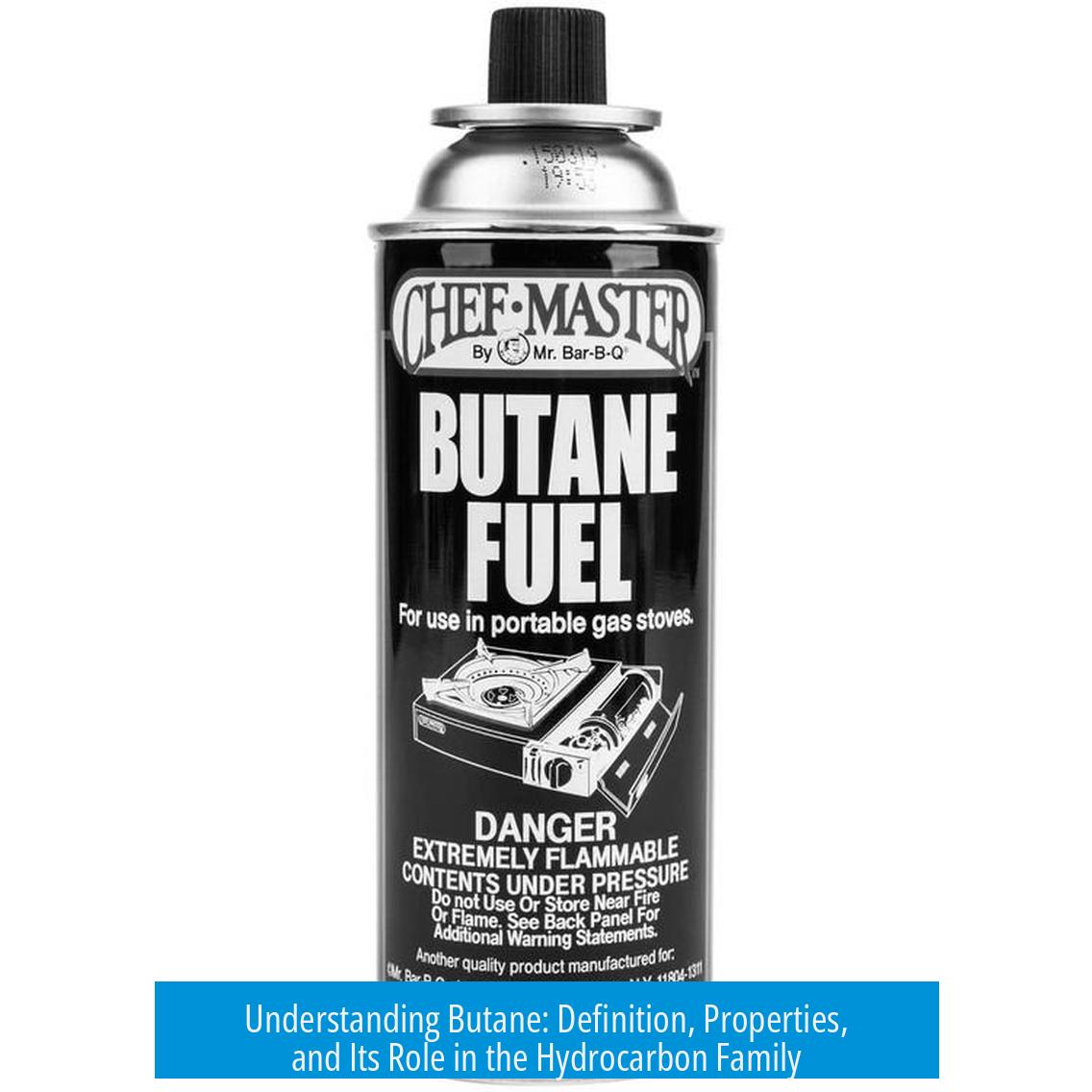

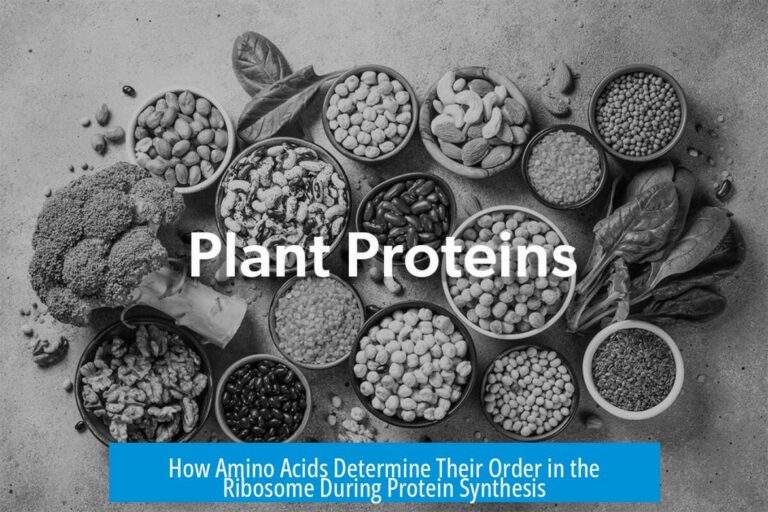
Leave a Comment